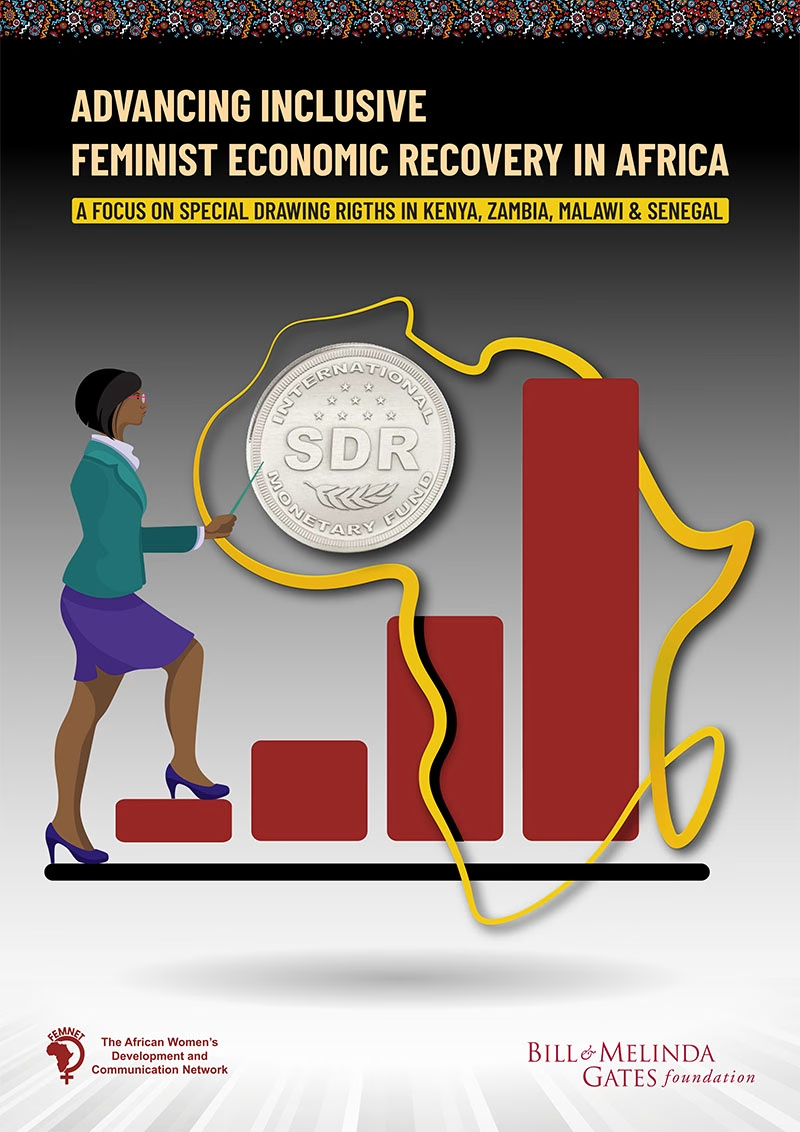
Advancing Inclusive Feminist Economic Recovery in Africa
In an era where the financial landscape is rapidly evolving, the Special Drawing Rights (SDRs) issued by the International Monetary Fund (IMF) offer a glimmer of hope amidst persistent economic challenges. For Africa, a continent teeming with potential yet grappling with systemic crises, SDRs represent more than just a financial instrument; they are a beacon of opportunity for advancing Sustainable Development Goals (SDGs), particularly SDG 5 on Gender Equality. The promise of SDRs lies in their ability to address both the immediate fiscal pressures and the long-term development needs of African nations.
However, the 2021 SDR allocation, which saw Africa receiving only 5.2% of the global share, starkly highlights the gap between potential and reality. This allocation falls short of meeting the continent’s extensive development requirements and escalating debt vulnerabilities. In countries like Kenya, Malawi, Zambia, and Senegal which are the focus countries of this paper, rising public debt and increased debt servicing levels have intensified fiscal pressures. The spectre of post-pandemic austerity measures threatens to disproportionately affect social sector spending, often hitting women and girls hardest. The utilization of SDRs in these countries has been marked by a range of approaches, from general budget support to public debt repayment and rebuilding foreign exchange reserves. Despite indications of some SDRs being directed towards social spending in Malawi and Zambia, comprehensive and transparent data on their usage remains scarce and fragmented. This lack of clarity underscores the need for a more nuanced examination of gender-responsive budgeting (GRB) practices, which, while present, are often lacking in key best practices and indicators.
